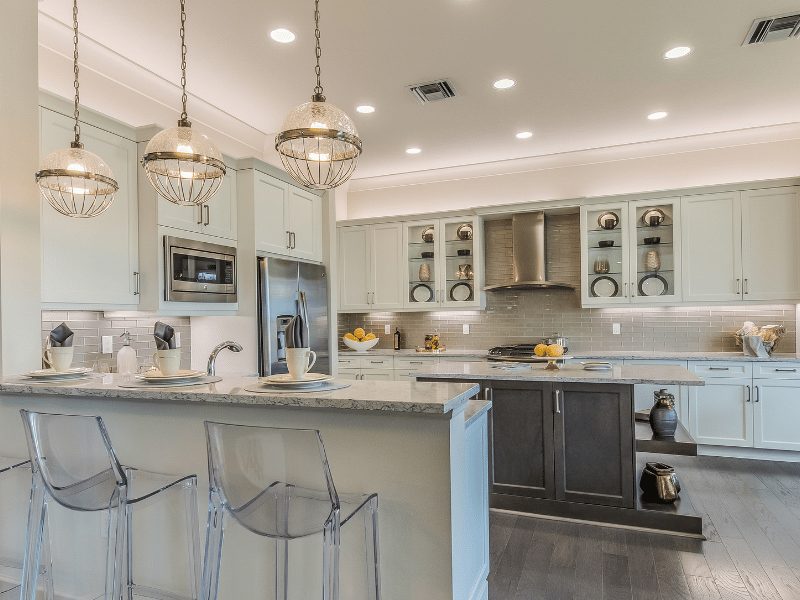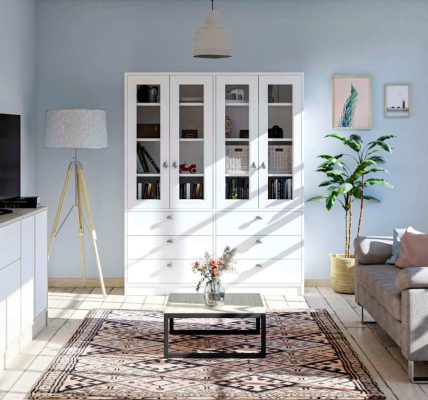
Kitchen layout ideas are an important part of designing a home, as they help to optimise the space for multiple purposes. Choosing the right layout will not only improve the functionality of the room, but it can also boost its aesthetic appeal.
Depending on the size of your kitchen, there are several common layouts to choose from. They can all be optimised to fit the needs of your family.
The galley/parallel layout is a popular choice for kitchens with limited space and can be easily tailored to suit smaller spaces. This layout – with its two parallel work zones – encourages efficient cooking and plenty of practical storage space. It’s also a great option for families with small children or elderly family members, as it can be easily adjusted to accommodate their changing needs.
Another option is the L-shaped layout, which consists of cabinetry and appliances positioned along two walls. This kitchen layout eliminates any unnecessary traffic, so it’s great for busy family homes. However, it’s best avoided if the kitchen is too large to support additional work zones or if you plan on adding a dining area.
A G-shaped kitchen combines the best features of a u-shaped and L-shaped layout. This is a great solution for homeowners who want to incorporate a second sink, range or cooktop into their kitchen. The third wall can also be used as an island, providing a seamless countertop and storage space.
Often the most popular choice for new build and redesigned kitchens, this layout has an obvious working triangle between all the key areas of your kitchen. It’s one of the easiest and most efficient layouts for incorporating the ‘working triangle’ rule, which dictates that the three main appliances in your kitchen – fridge, cooker and sink – should be located in a line so they don’t cause any obstruction when you’re performing food preparation tasks.
It’s a rule that goes back decades, and it’s important to follow when planning the layout of your kitchen. The ‘working triangle’ – which involves the three most important kitchen appliances (fridge, hob and sink) – should not be more than 9 feet apart. It should also be easy to walk between them without having to stoop or move from one side to the other.
If you’re building a new kitchen, it’s a good idea to ask your designer about the best ways to adapt each kitchen layout to suit your family’s needs and lifestyle. They should be able to recommend solutions that will ensure the space is functional, beautiful and easy to use.
Kitchen diner setups are a big interior trend right now, and banquette designs can be incorporated into any room to create a cozy nook that feels completely separate from the rest of your kitchen. They are also a fantastic way to maximise the space in a small space, as they take up little floor space but can be tucked away when not in use.








